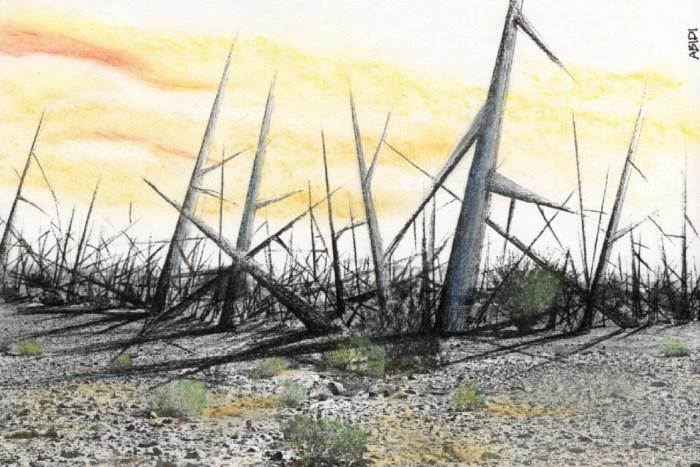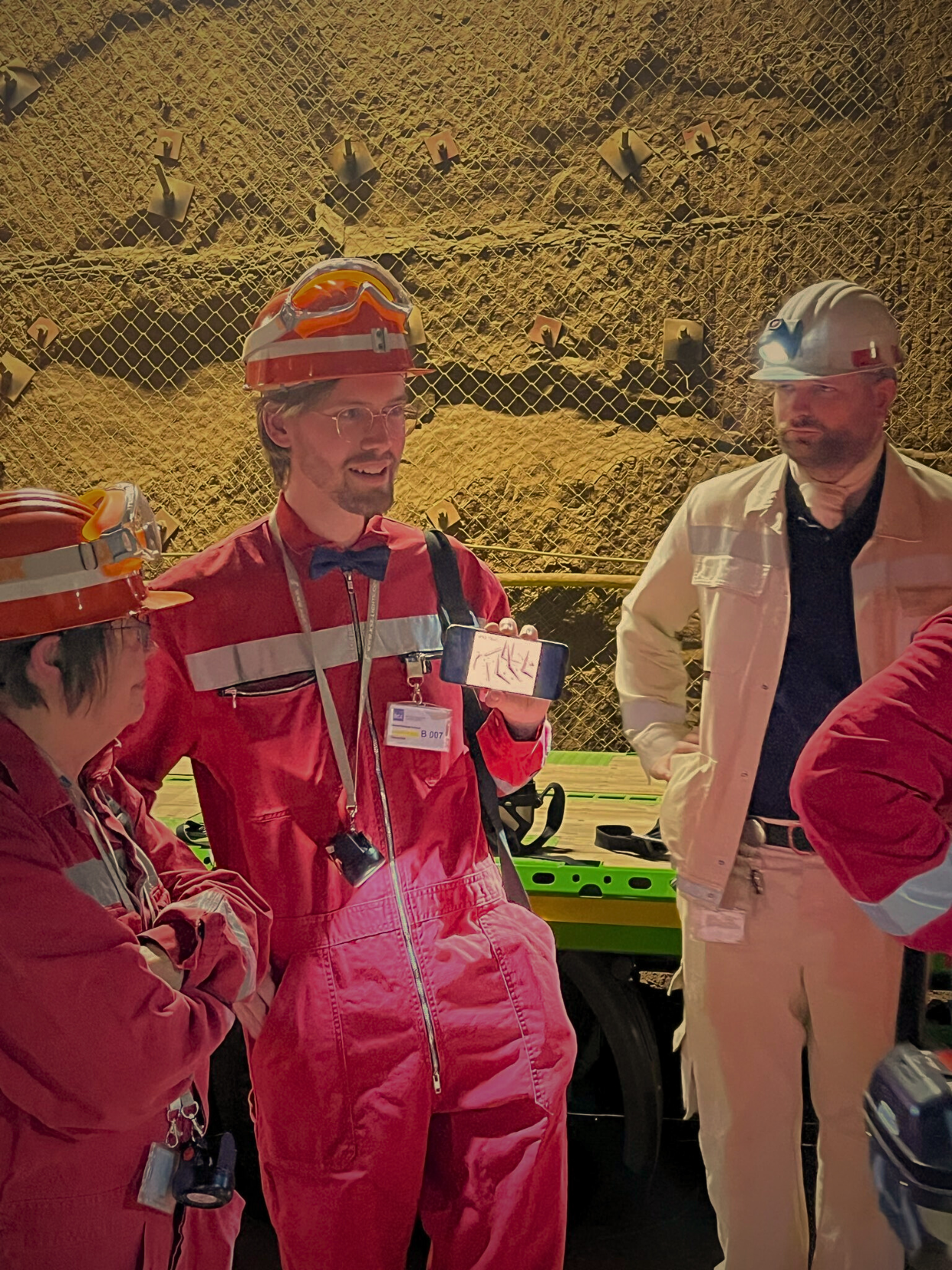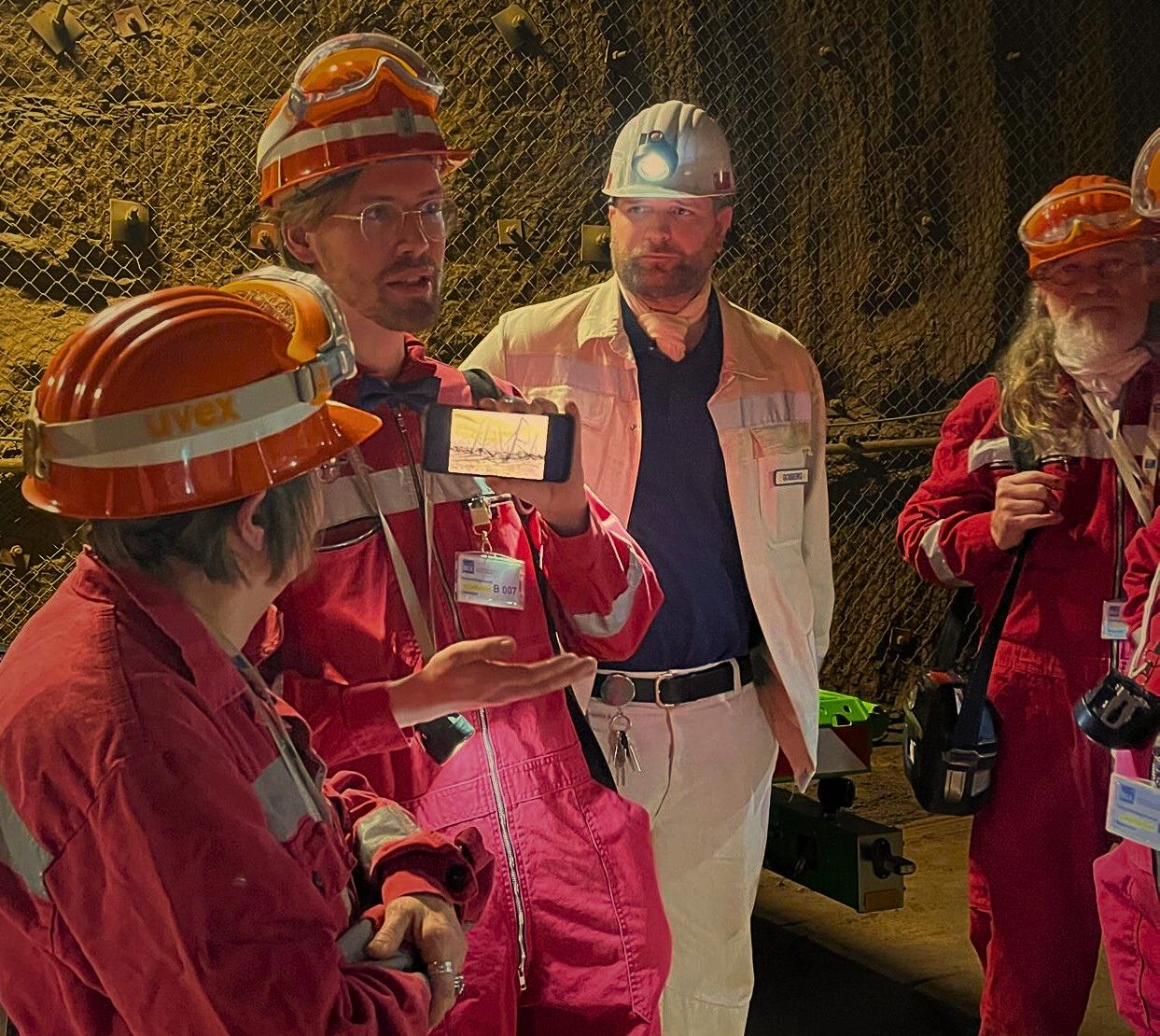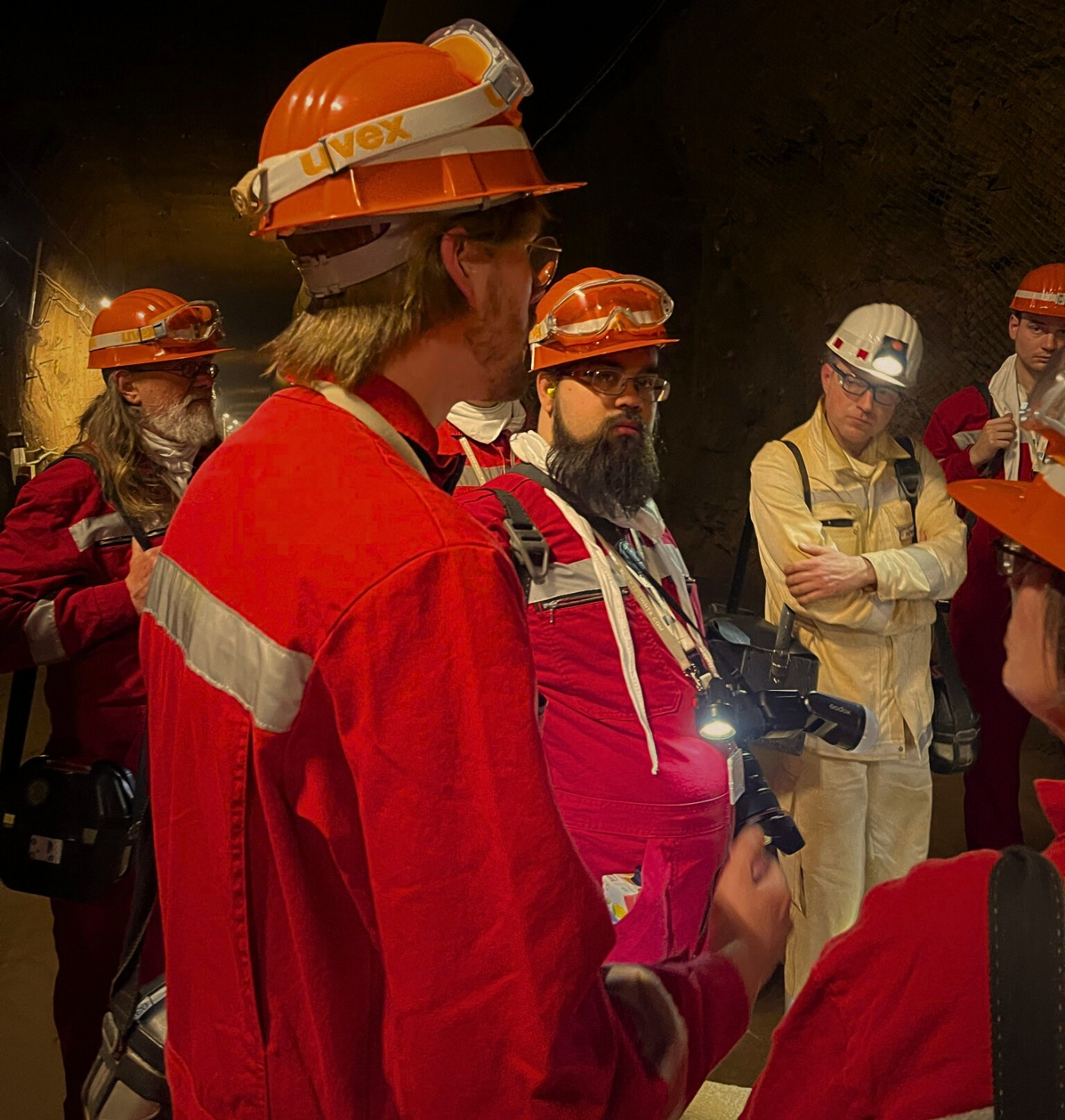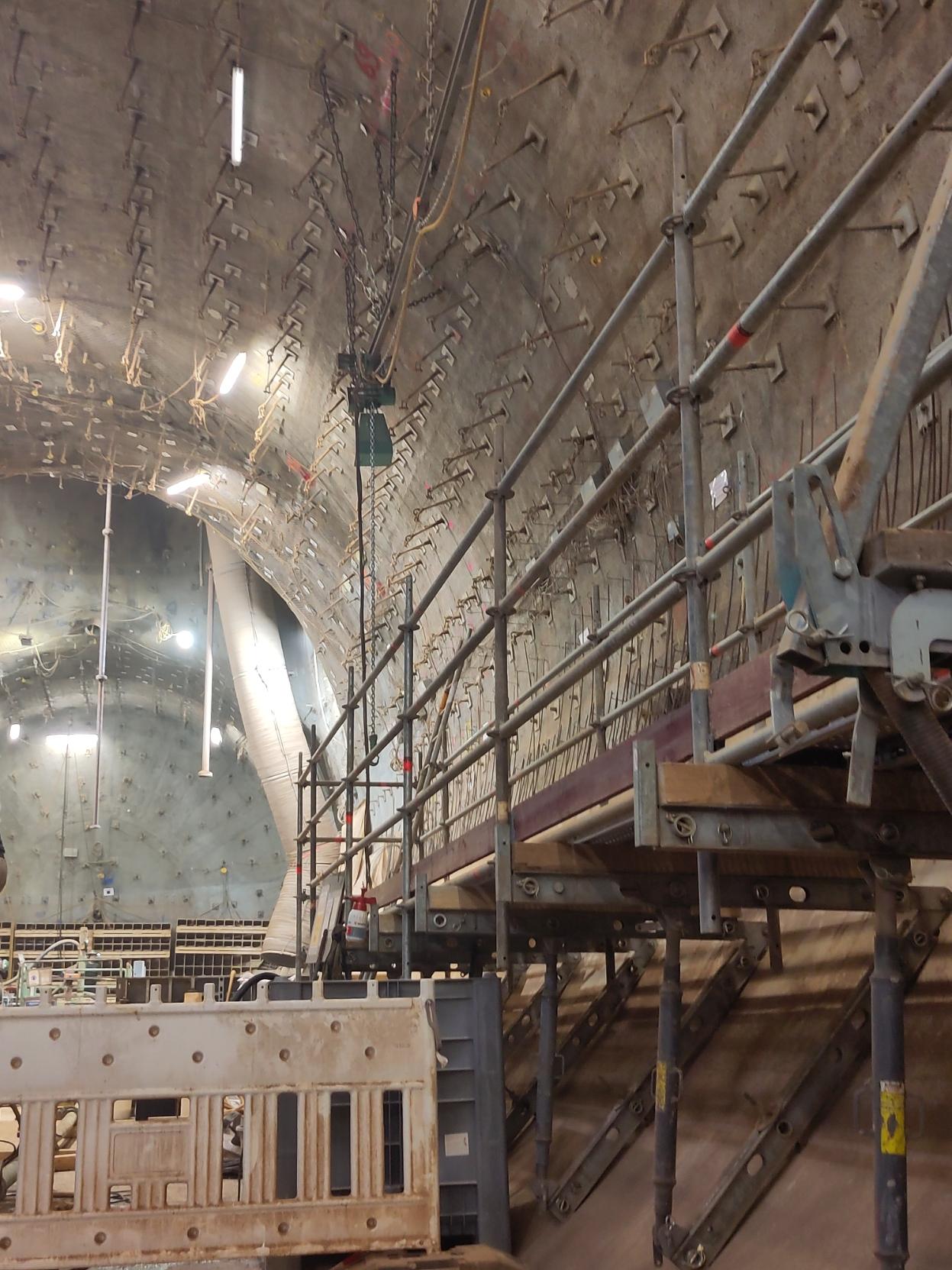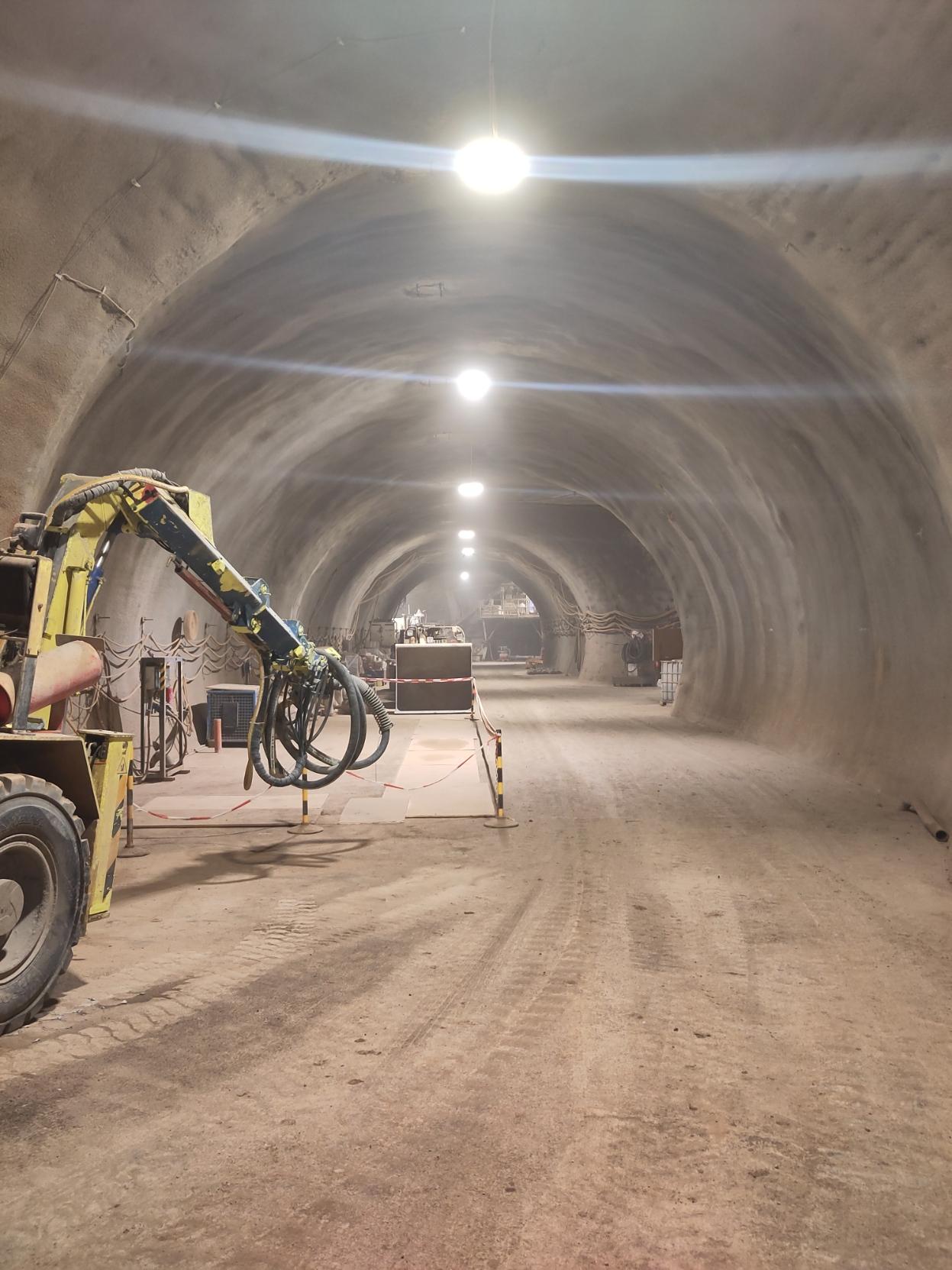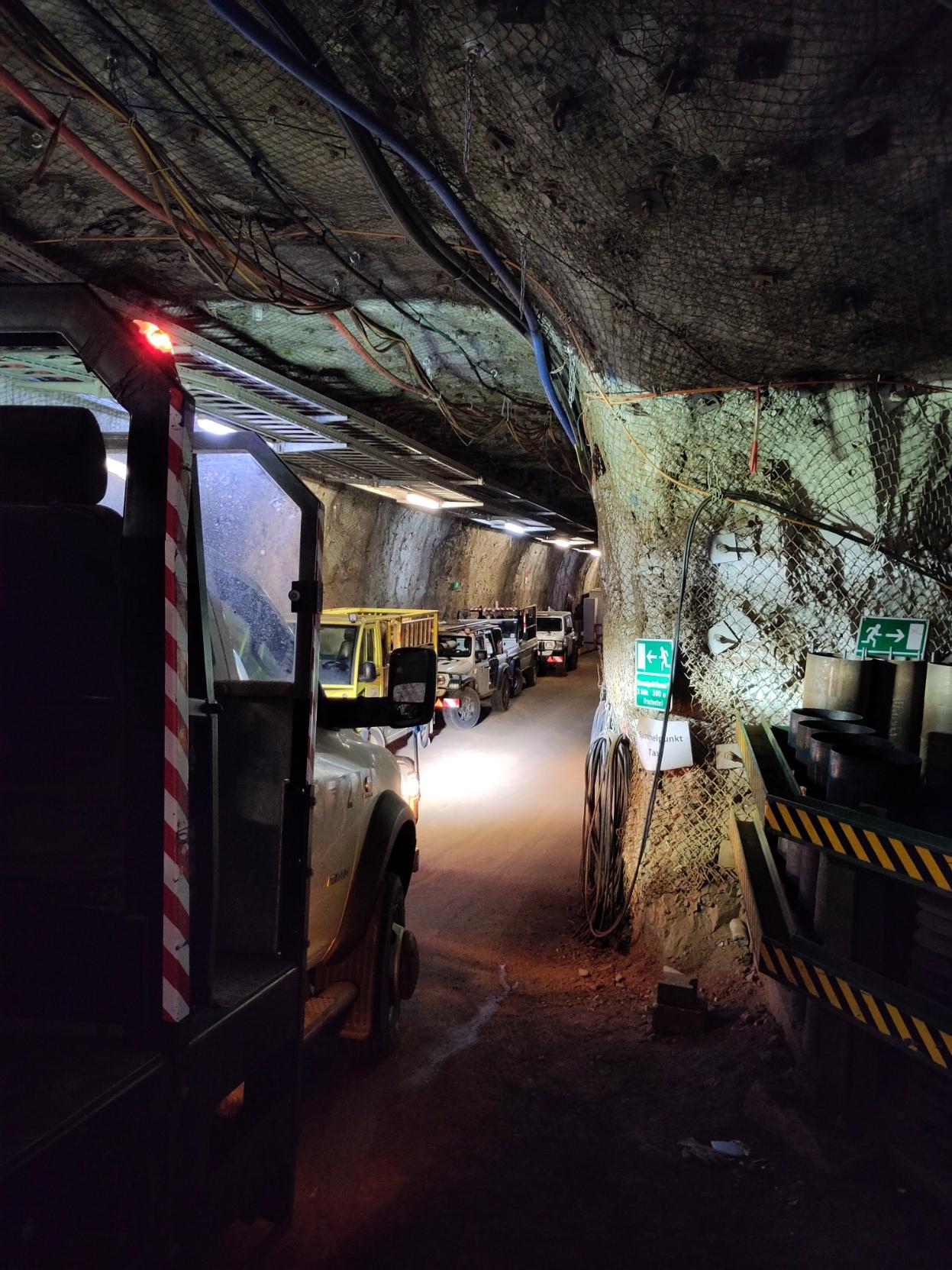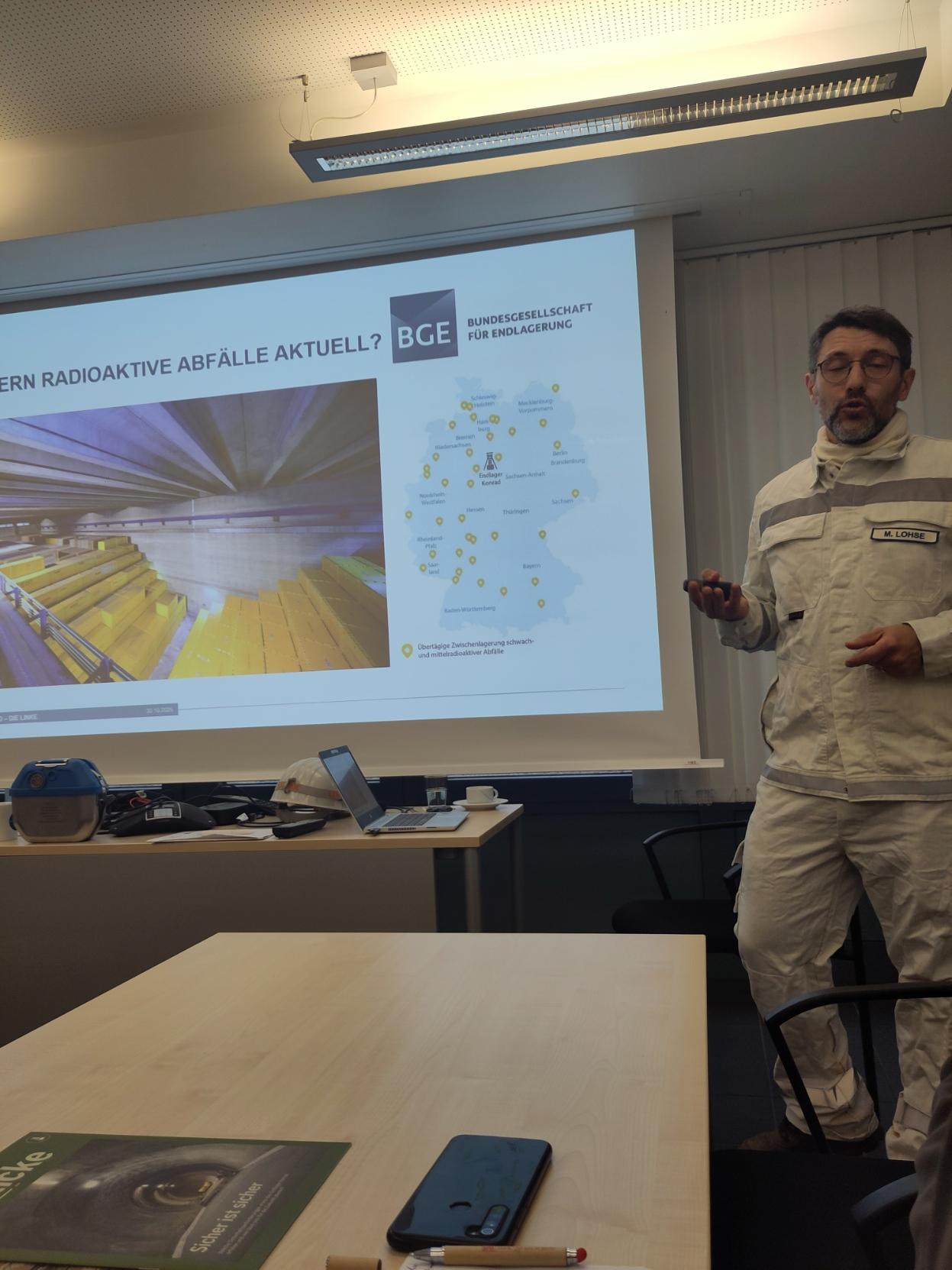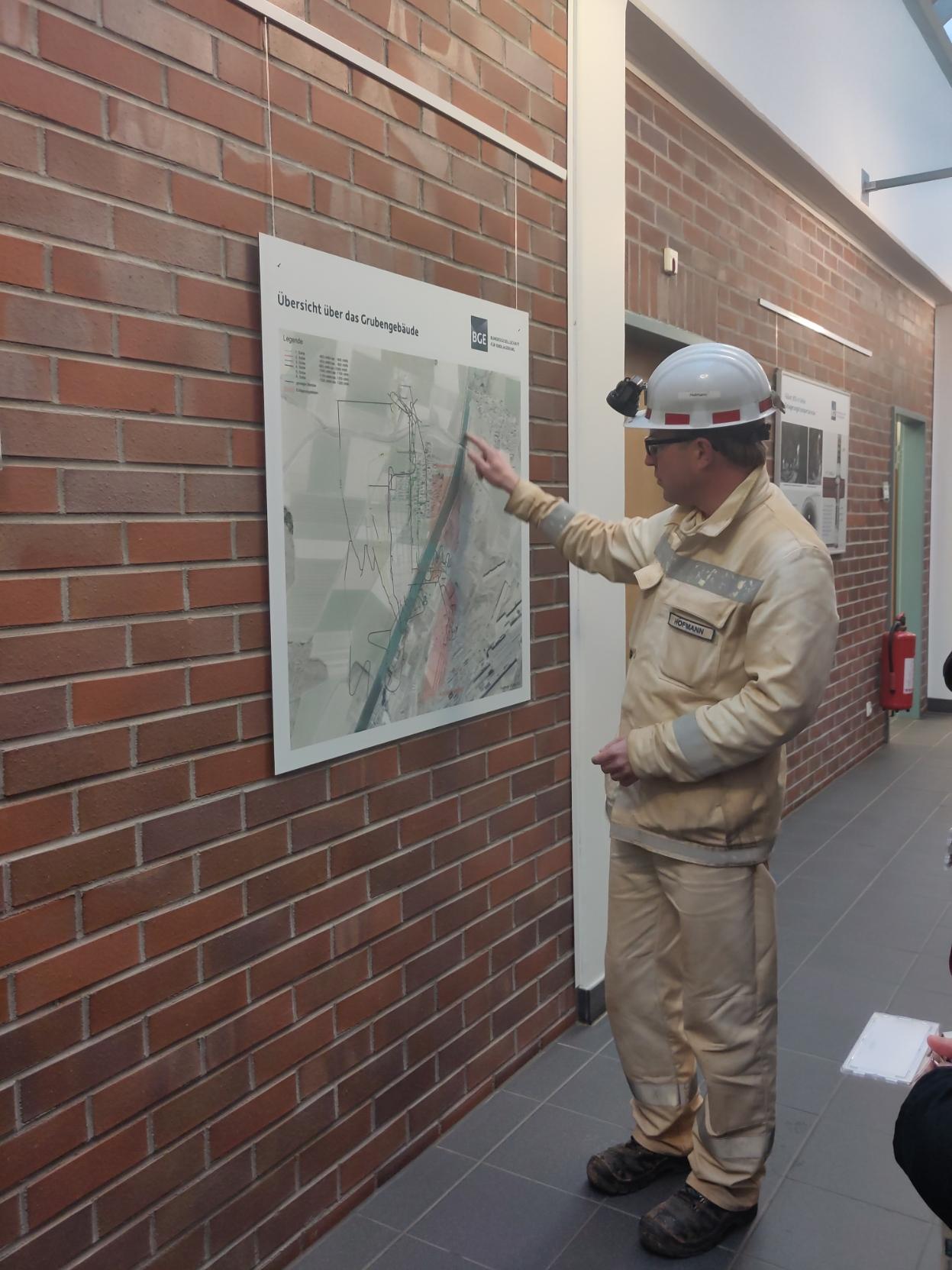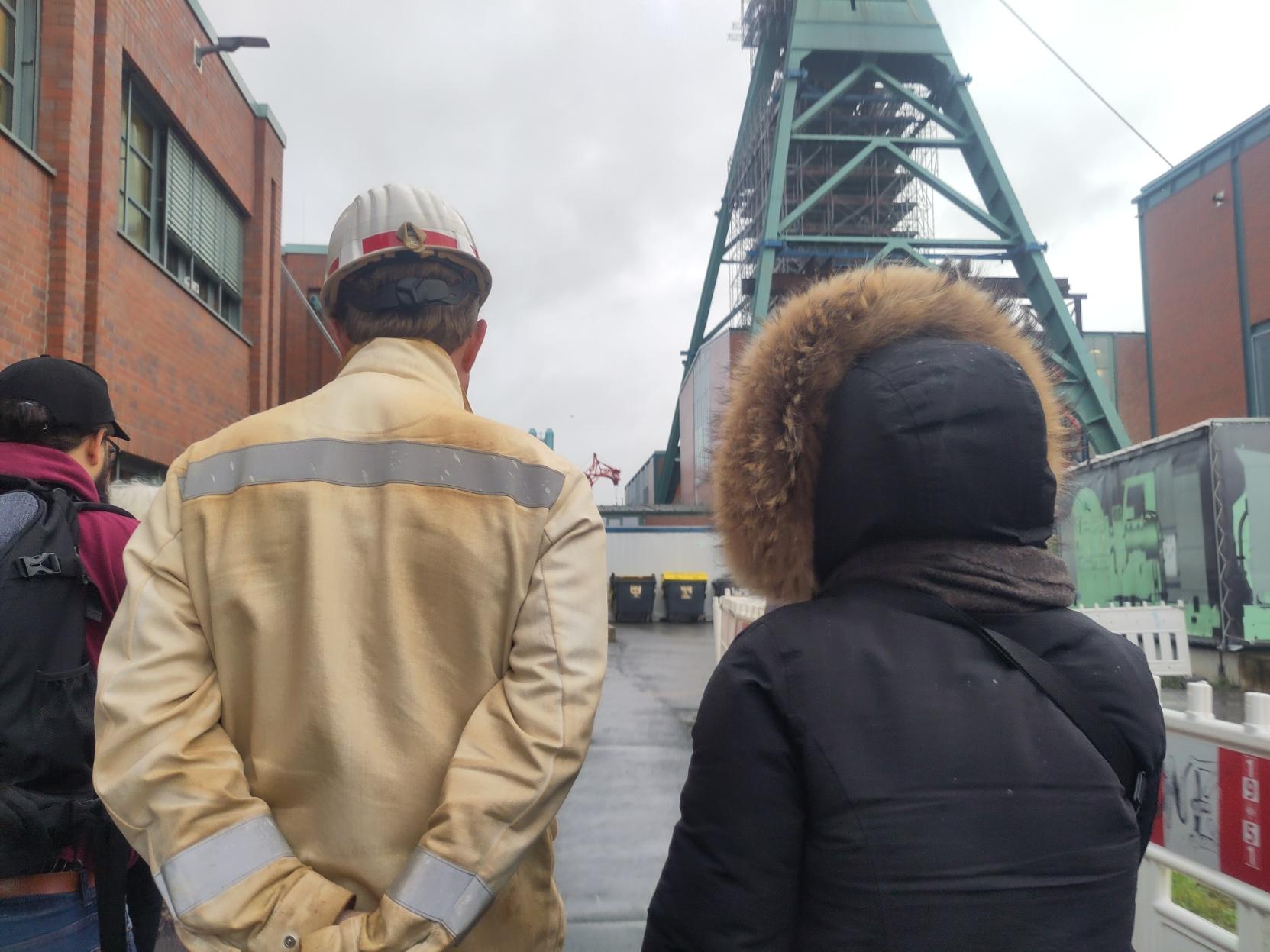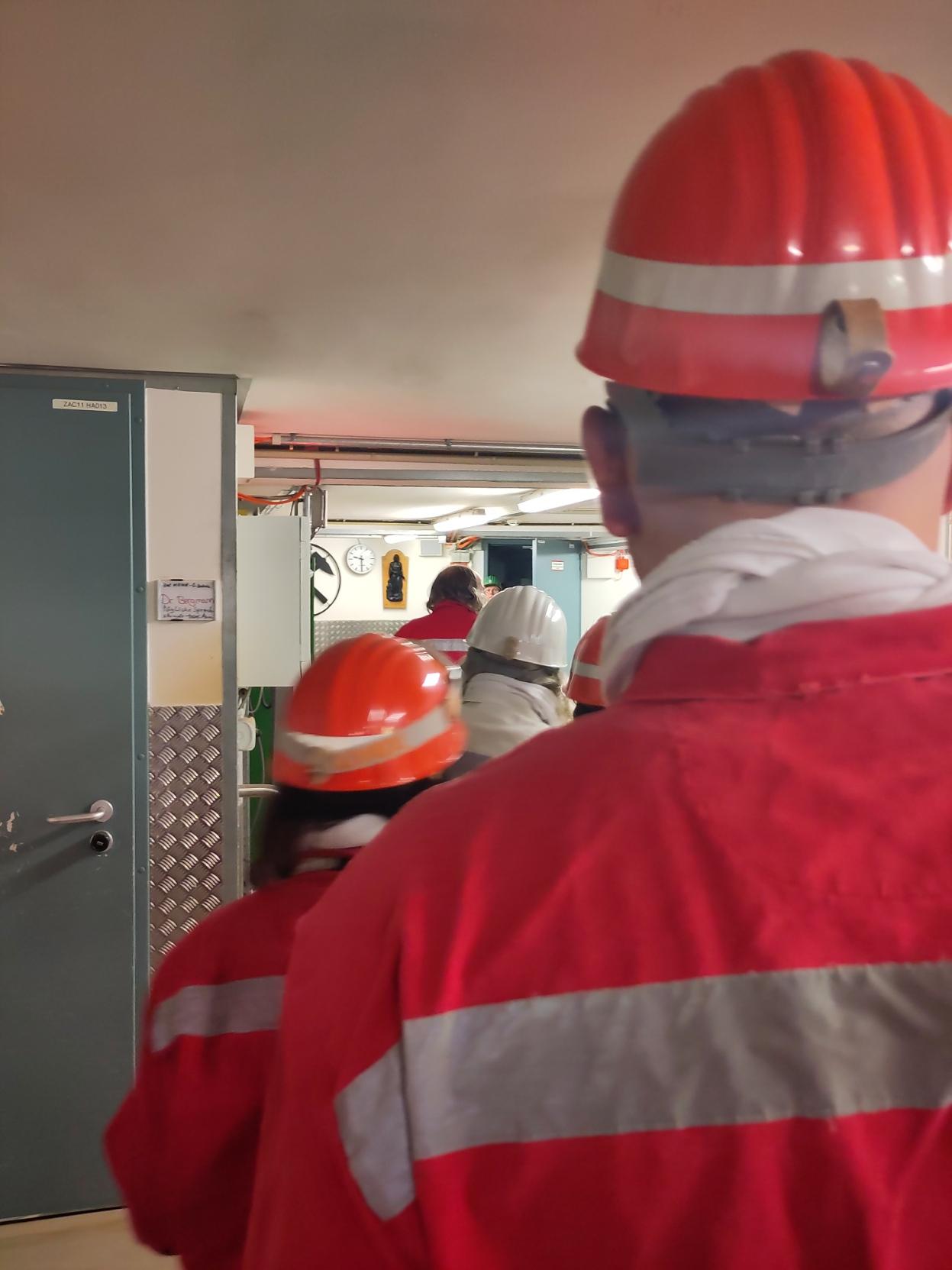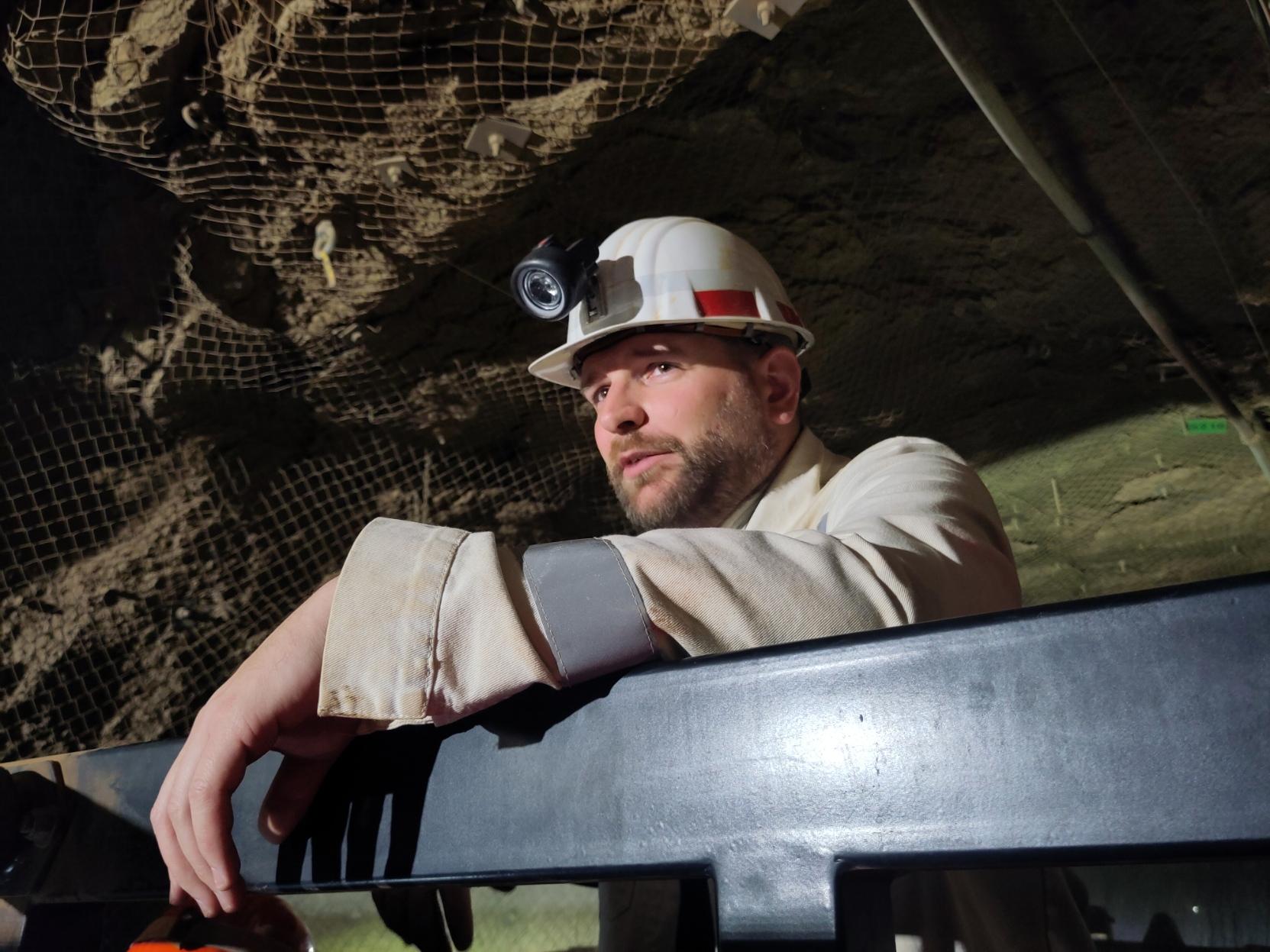After multiple hours underground, having already met dozens of workers, who spend their days at a job without any sunlight in a grotesque world I could've never imagined, we finally arrived at the actual site where nuclear waste will be stored for millenia. I've seen the many tunnels stretching multiple kilometers in one direction in which the actual barrels and other containers for nuclear material will be put, completely drowned in cement, segment by segment, and then closed off for a time longer than the human species has existed, starting the load up in 2030 until 2070 in the city of Salzgitter, in my state of Lower-Saxony.
This facility will only be able to store half of Germany's low- and mid-tier nuclear waste, only a bit over 300.000m³ of it. While this type of waste makes up for ~95% of all nuclear waste in Germany, it's still less than a percent of total radiation emitted by all nuclear material. The other 99% is emitted by the high-tier nuclear waste, which there currently isn't any solution for storing on planet earth, yet. Don't get confused by the classiciations like “low”, “mid”, and “high”, as there is no international (or even European) standard for classifying nuclear waste. I was told by the leader of the BGE, Germany's federal company for radioactive waste disposal, that there was an attempt to create such a standard at a working group of the IAEA (International Atomic Energy Agency), which she was a part of, but they gave up after just four weeks.
This facility was so deep underground as a rather arbitrary choice, simply because that's how deep the iron miners went when this was an actual mine. The storage facility in France (Le Monge) is only 500 meters deep, in some European countries even less. The advantage of this here is that no ice age or glacier period has ever affected the underground this low (permafrost or thermal penetration doesn't go deeper than 500m). Still, by today's standards for nuclear long term waste storage, a facility like this wouldn't be chosen, not just due to nearby underground water streams potentially breaking in and leaking nuclear waste into one of the largest rivers of Europe, but also because the city formed around the iron mine, and the 40 years of loading nuclear waste down this facility will come with accidents and an increased radiation to the people living here.
The room, if you could call it that, rather the tunnel, the complex where nuclear waste would be stored, was hot. Like Icarus who flew too close to the sun, I wasn't aware that just a kilometer below the earth's crust, we'd reach sweating temperatures of 37°C to even 40°C due to the earth's core emitting its heat.
While the goal of this presentation was for Germany's federal company for radioactive waste disposal (BGE) to convince us that this facility was safe so we'd endorse it in state and federal parliament, maybe even for them to polish their image, there were certain topics they omitted talking about. My favorite topic was one of them: Long-term nuclear waste warning messages.
We were told about how perfect this facility was, how nothing could penetrate it, and in geological time, all the simulations possibly proving otherwise, were misleading, so I asked about the one thing they forgot mentioning: the human element. Just 5000 years ago they built the pyramids, now archeologists rediscover and search through them. With billions going into this facility, won't people finding any record of this place possibly believe humanity's most valuable items to be stored here? Shouldn't we install long-term warning messages for future generations? I asked.
The leader of the facility responded “We cannot take responsibility for future civilizations.”
Standing in the chambers that are built to exist for over two million years, those words sent a shiver down my spine. I realized that this would be our generation's legacy: debt and a broken planet.
